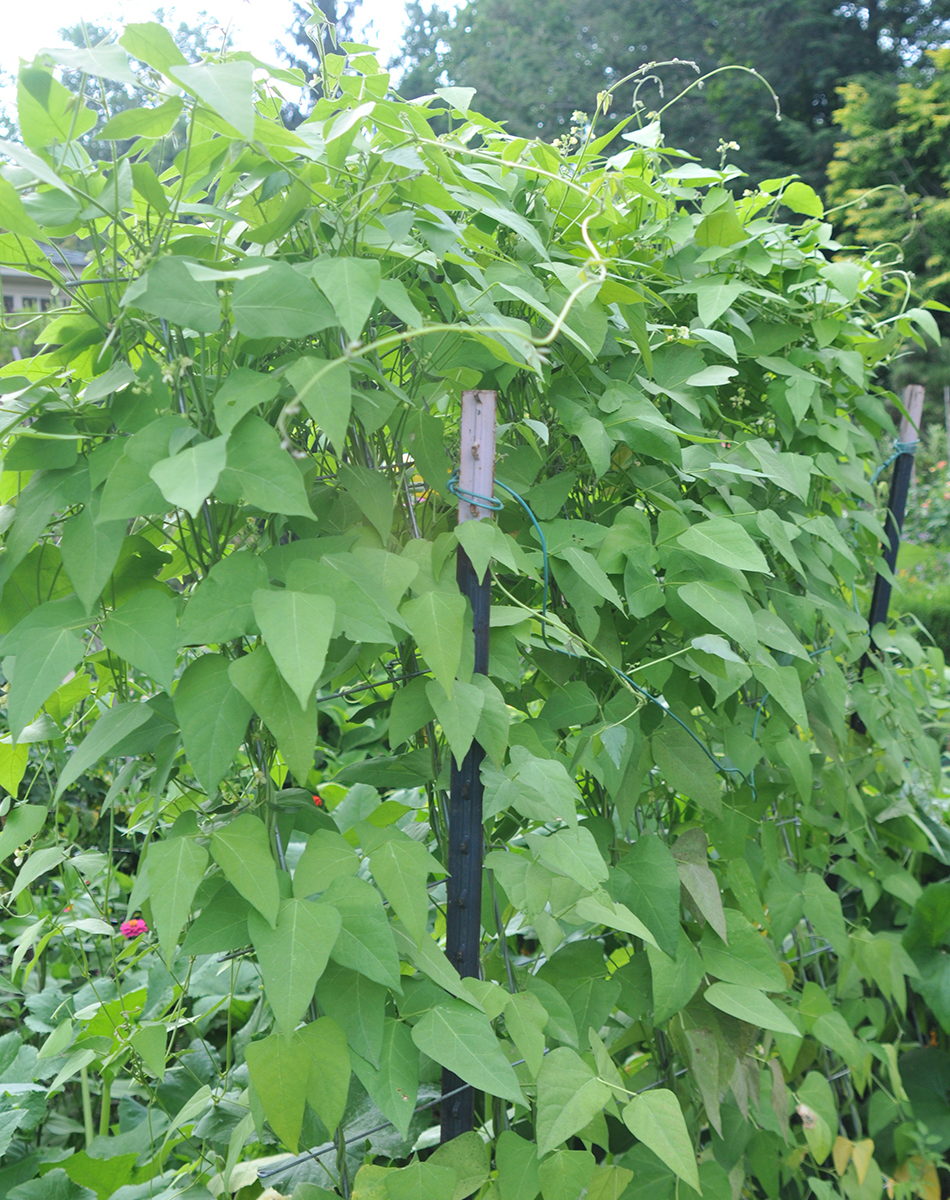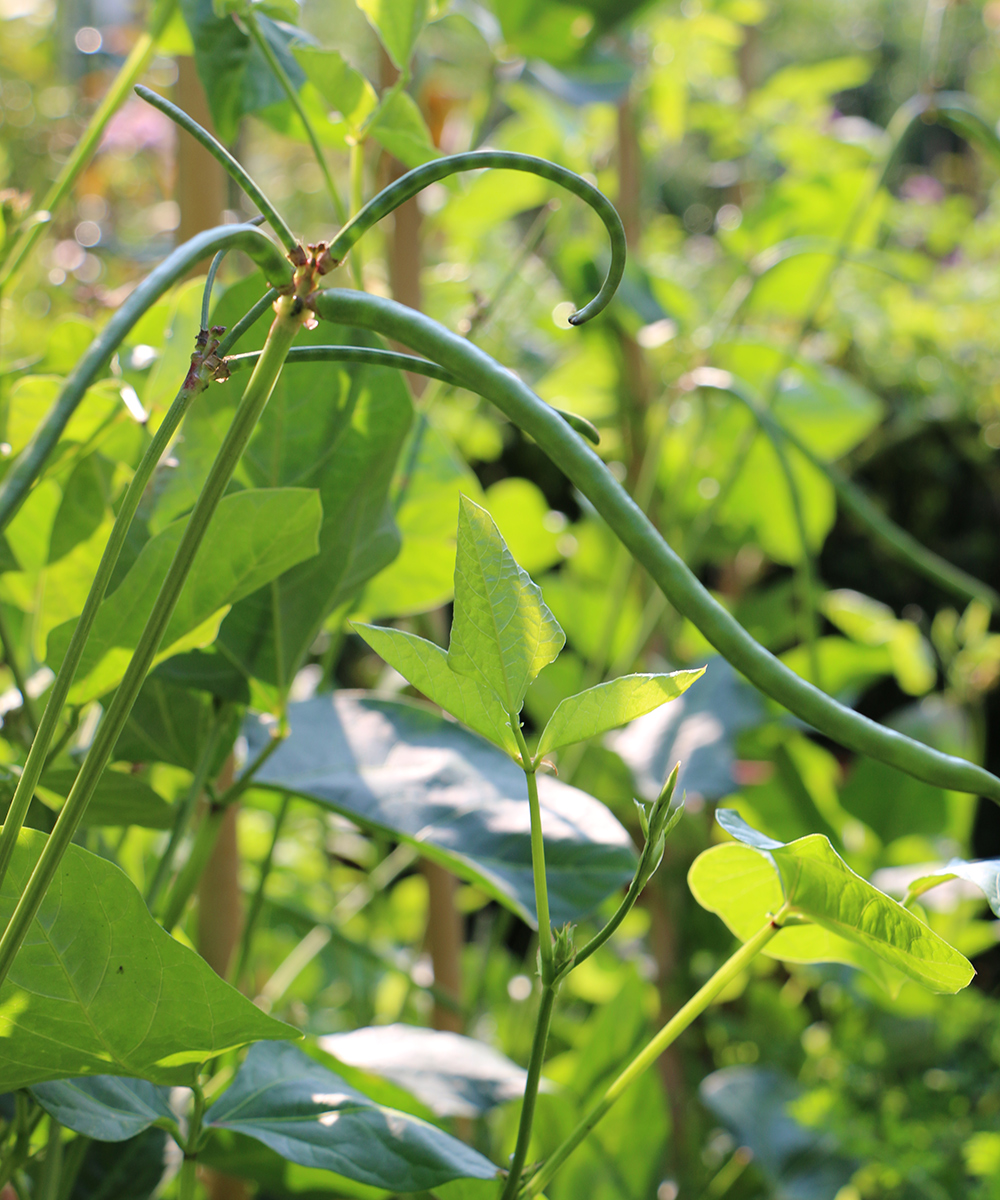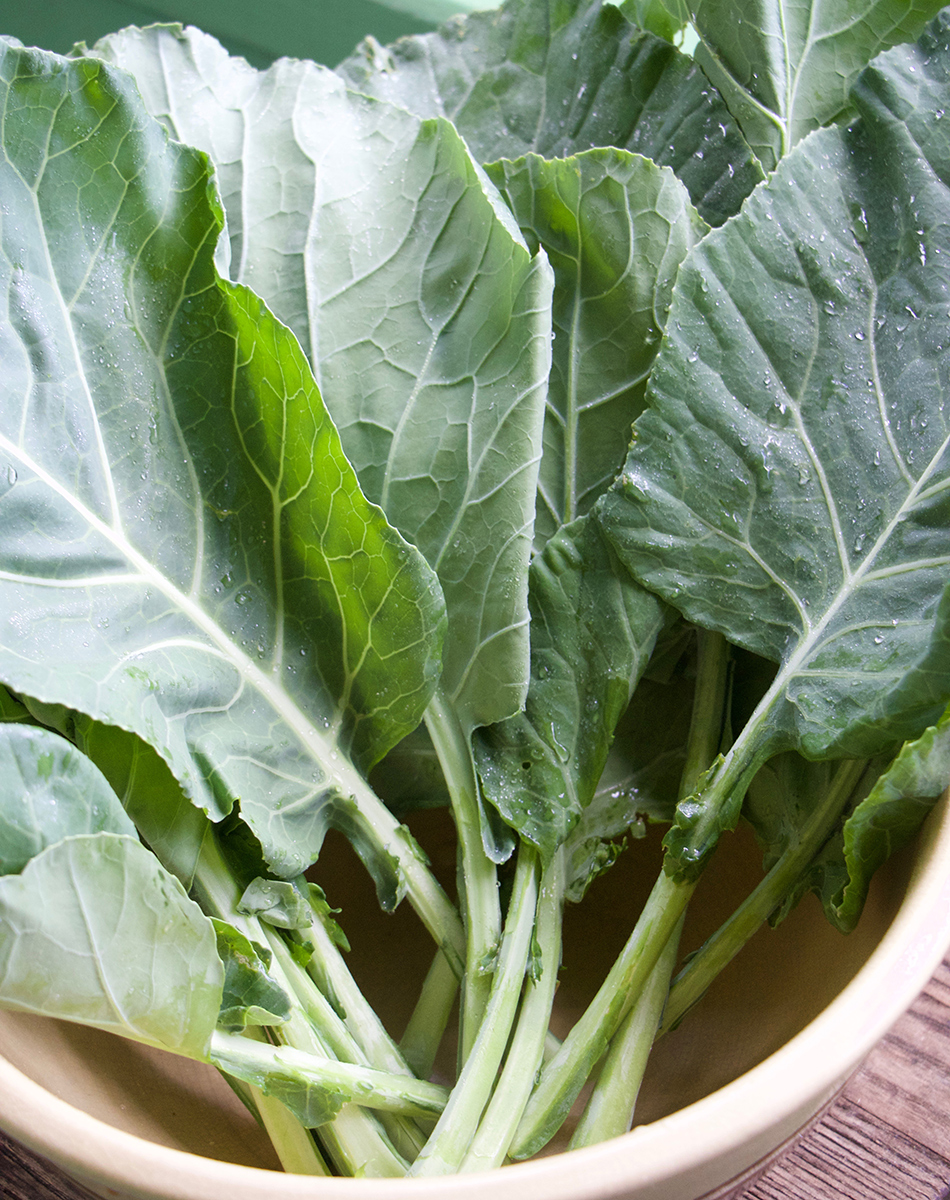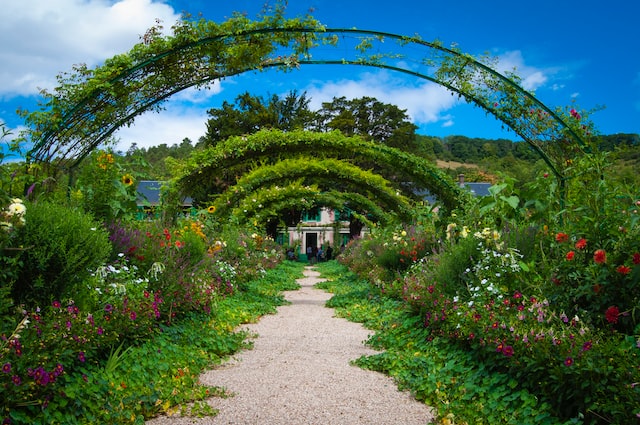Just because you’re gardening in the Northeast doesn’t mean you can’t enjoy fresh Southern vegetables. Let’s face it, up north it’s nearly impossible to find fresh collard greens or black-eyed peas to use in a special barbecue side dish. And forget about those delicious, crunchy little pieces of okra used in pickles and curries. Plus, you know that frozen okra is probably the worst excuse for vegetables. Many delicious Southern vegetables continue to be excluded from Northeast farmers’ markets, supermarkets, and community-supported agriculture (CSA) farm shares. So why not grow your own? Here are four iconic Southern vegetables you’ll want to try in your Northeast garden this summer.
Okra
The list of okra varieties available to home gardeners is surprisingly long. Given that okra is perhaps the most overlooked vegetable in the Northeast, why not shock your neighbors and plant a few rows. Aside from okra’s edible value, the dried pods themselves are beautiful, not to mention the pale pink or ivory flowers with darker centers of this hibiscus relative.
Start planting in early May to early June, but be sure to keep seedlings warm, especially on chilly nights, as okra needs hot weather. Soak the seeds for 4 hours before sowing and store the seedlings in individual pots until the threat of cold nights below 60 degrees Fahrenheit is over. Transplant seedlings into 12-inch to 14-inch pots or space them 24 inches apart in your garden and water them well during drought. Okra can grow large, up to 3-5 feet tall, so keep this in mind when planting. Okra pods form quickly after flowering and can be stringy or hard when fully mature, so pick the pods when they are small and use them immediately in your favorite okra recipes. Three great okra varieties you can try include ‘Jambalaya’ which has a maturity of 55 days. “Emerald”, 55 days to maturity. And “Clemson Spineless” is aged for 60 days. “Clemson spineless” is also excellent in cold resistance.

lima beans
I have a personal mission to change everyone’s mind about the most infamous of all vegetables, the lima bean. See, I get it. It was especially terrifying for someone who grew up eating canned, powdery lima, or worse, cardboard-like frozen lima in vegetable mixes. But believe me, if you’ve never tried growing, you’re missing out and eating fresh lima beans. TRUE. If you like edamame, you’ll also love fresh lima. The lima bean is past the time for a major resurgence.
Lima is a climber, so treat it exactly like a kidney bean. The vine is vigorous, but the seeds are large and easy to handle, making it easy to grow. Be sure to sow the seeds before the 4th of July, as they will need all summer to reach maturity. I start growing in pots where I used to grow tomatoes, sowing in mid-June and then transplanting young plants with a pair of leaves around early July. Poles and tomato/bean towers are set up immediately after transplanting, as they start moving as soon as they are planted in the ground.
Choose a northern variety, such as the older 1950s Ford Hook 242. This variety takes 85 days to mature. Like all beans, it needs fertile soil and plenty of water. You can harvest the lima as soon as the beans start to fill the pods (hold the pods up to the sun to check). Or, if you want dried beans, dry them until the pods are mature and brown. Either way, get ready to taste the best lima beans you’ve ever tasted. Believe me, you will love it!

Black Eyed Peas
If there is one crop that can save the world from hunger, it is the short, black-eyed pea. This fact has to do with where and how it grows. This crop has deep roots (often four feet deep!) and thrives in arid regions and extreme climates. It grows well in my Tohoku garden.
Start sowing as early as late May or early June and choose from any number of varieties. However, be sure to check if your variety is thick-cut adzuki bean or wild soybean. Add a sturdy bean tower or a 6-foot tall tomato basket if you’re going to climb. Also, plant more peas and beans, because more is more fun. If you don’t choose to eat the pods when the beans are very young, leave some of them dry (the pods will harden as they age). If you have a garden corner that you want to leave all summer long, this is the crop for you. Who would have fresh black-eyed peas on their Northeastern table? You can’t find it at the farmer’s market. ‘Whip-a-will’ is an heirloom variety that takes 80 days to mature, and ‘Clay’ is another promising heirloom that takes 75 days to dry on the vine.

collard green
Collard greens are so highly prized in the South, I don’t understand why more gardeners aren’t growing collard greens in the North. I mean, what’s wrong with big, soft kale? Let’s be honest, Corrado has it all. It’s healthy, productive, much softer than any kale variety, and can be harvested from late spring through the new year.
However, if you want to reduce the chances of cabbage root flies developing, or if you want to grow lots of soft green leaves in late fall (when it seems to grow best), it’s worth starting your collards a little later. Therefore, June or early July is never too late to sow. As with many cruciferous plants such as broccoli and cauliflower, seedlings sown in midsummer grow better in the north. Forget the myth that Brassica is a cold-weather plant. All Brassicas germinate best around 85 degrees Fahrenheit and grow after the summer solstice in June. If your garden is infested with cabbage butterflies, I’d cover your summer crops with a float cover, but more than that, provide fertile soil with plenty of organic matter and plenty of water during drought. If you do, you will be able to harvest large green fruits. and soft green collard leaves that have so many uses in the modern kitchen.
Recommended varieties include the Bates-type “Flash,” which takes 55 days to mature, and the Georgia-type “Top Bunch,” which takes 65 days. “Bates” is actually an acronym for the former Virginia-His Track Proving Ground, an agricultural research center that was once active in breeding and introducing new varieties of Collard-His greens. Bates-type collards have a unique shape with low waste or a large leaf-to-petiole ratio. It’s slow to bolt, so it’s good for northern gardeners. The Georgia type, on the other hand, is a classic old-fashioned collard that has very large leaves and grows up to 36 inches tall. Both types can be considered heirlooms and there are many named varieties.
Grow something different in your garden this summer and be the envy of your friends and neighbors. Growing these Southern vegetables yourself from seed is invaluable. It’s hard to find these vegetables fresh for sale in the north, and we all know that homegrown vegetables are delicious.
See below for more tips on growing vegetables.
For more Northeast region reports, click here.
—Matt Mattus is the author of two books. master the art of flower gardening and Learn vegetable gardening techniques. He gardens in Worcester, Massachusetts.
Photo: Matt Mattus



